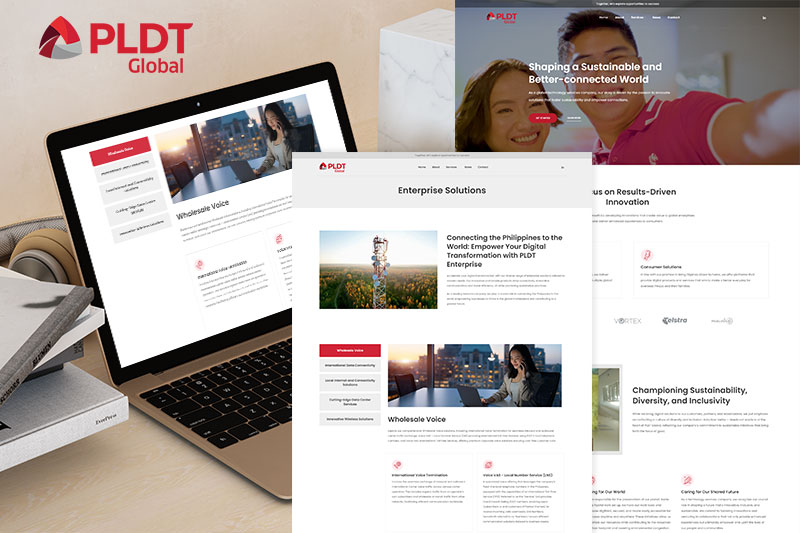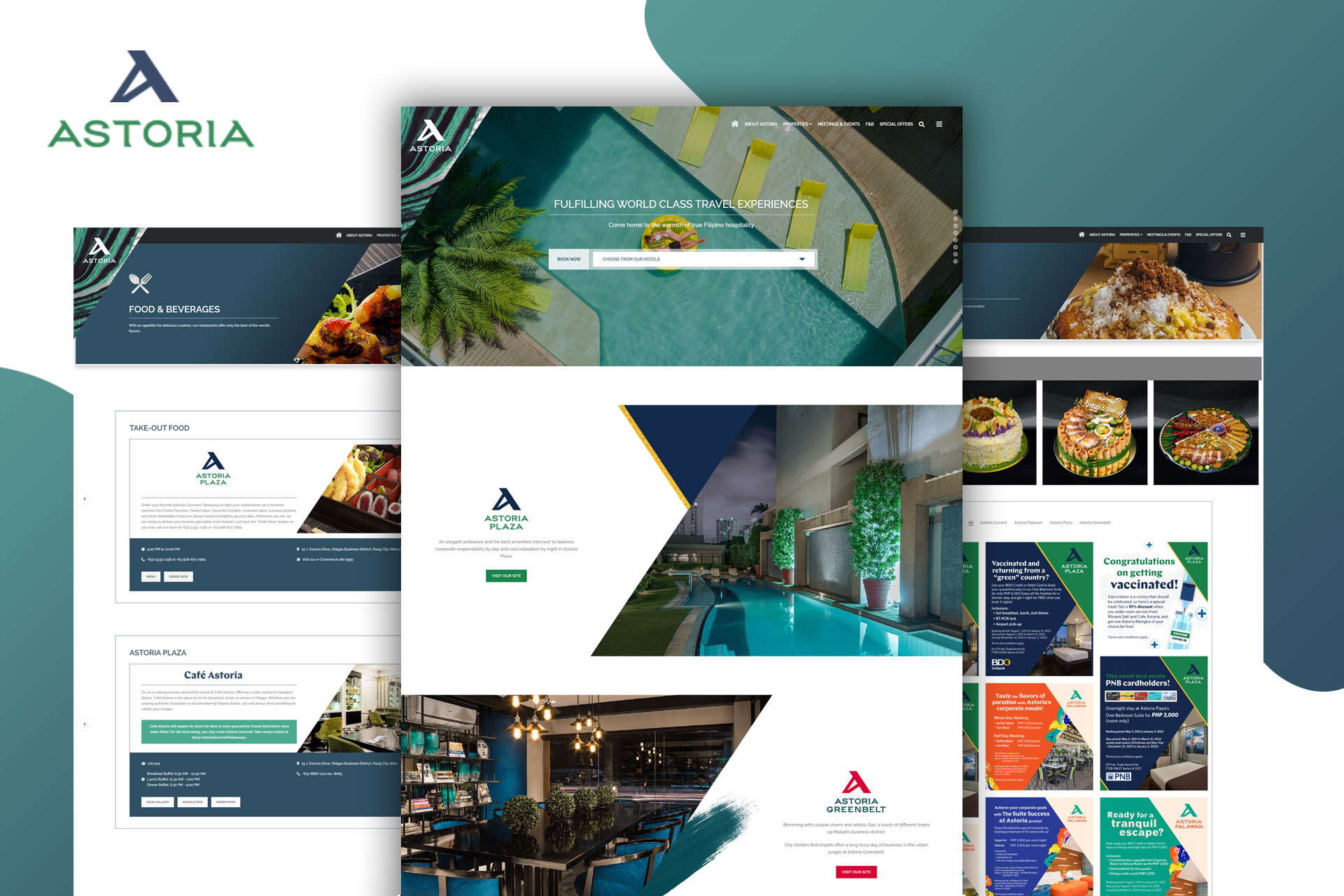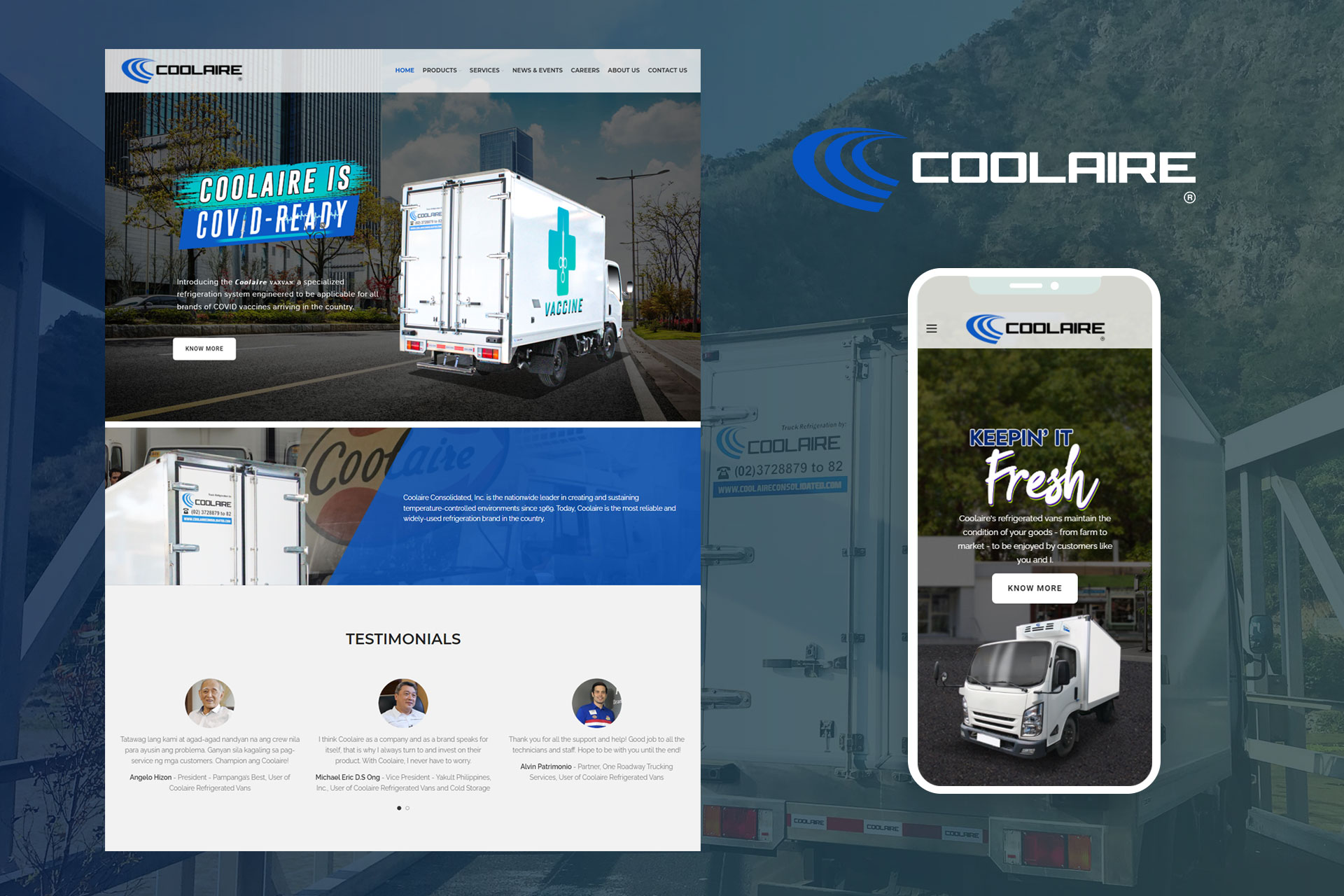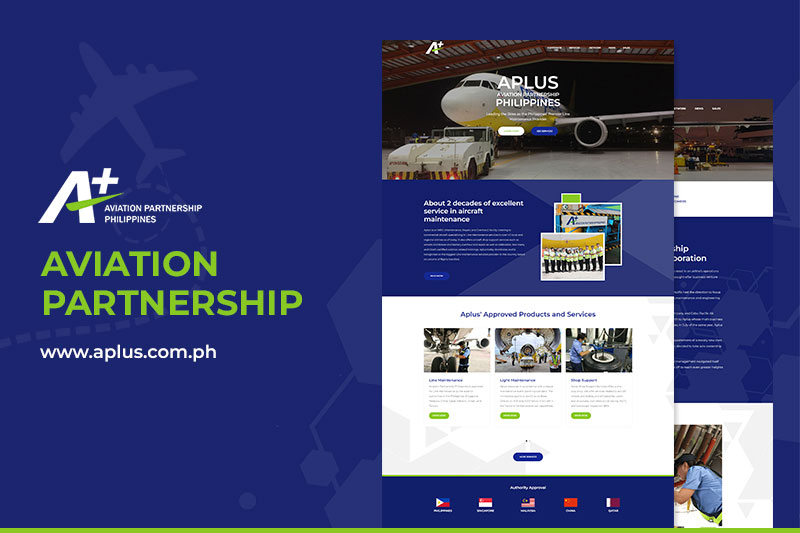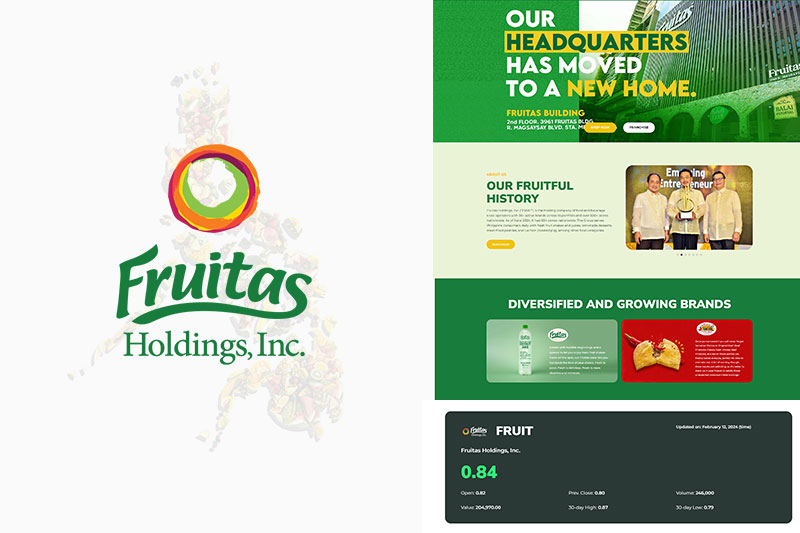Selecting the perfect WordPress theme is crucial for the success of your website or blog. A well-designed theme can enhance your site’s aesthetics, improve user experience, and boost its overall performance.
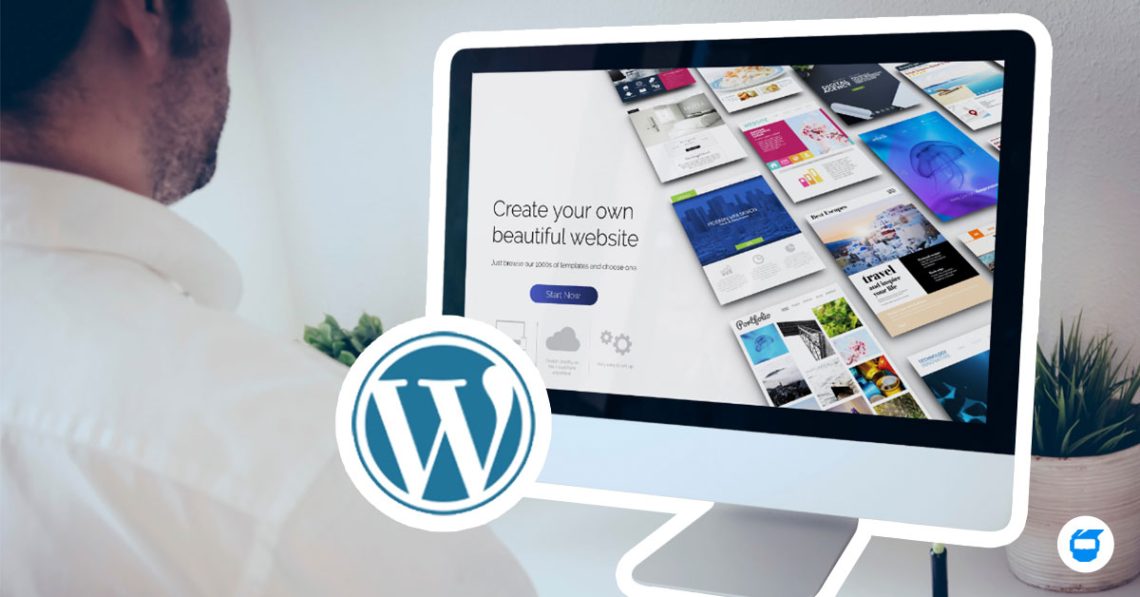
Related: Why Choose WordPress? The 7 Benefits of Using WordPress for Your Website
However, with thousands of options available, the process of choosing the right theme can be overwhelming. So with that, we will help you narrow down your options by listing the do’s and don’ts when choosing a WordPress theme, so you can find one that suits your goals and objectives.
Do’s:
1. Define Your Website’s Purpose
Before diving into the vast array of themes, it’s important to clearly outline the purpose and goals of your website. Whether it’s a portfolio, e-commerce store, blog, or business website, understanding your requirements will enable you to make informed decisions as you search for the perfect theme for your website.
2. Always Opt for Responsive Designs
In this mobile-centric era, responsiveness is non-negotiable. See to it that the theme you choose adapts seamlessly to various devices and screen sizes, providing an optimal user experience for visitors using smartphones, tablets, or desktop computers.
3. Prioritize Loading Speed
Speed is critical for retaining visitors and improving search engine rankings. You may not think of it that way, but a slow website will not do any good to your marketing efforts, as 50% of customers say that they will abandon a website if it takes longer than 6 seconds to load. While 45% of customers also say that a slow website tends to leave a negative impression on them.
Make sure to choose a theme that is lightweight and optimized for fast loading times. Utilize tools like Google PageSpeed Insights to assess a theme’s performance before making a decision.
4. Check Browser Compatibility
Different users prefer different web browsers. So it’s advisable to test the theme first on various browsers like Google Chrome, Mozilla Firefox, Safari, and Microsoft Edge to ensure it functions flawlessly across all of them.
5. Look for SEO Friendliness
An SEO-friendly theme can significantly impact your website’s visibility in search engine results. Themes with clean code, proper heading hierarchy, and schema markup can give you a head start in SEO efforts.
Related: What is SEO? A Handy Guide to Search Engine Optimization
6. Consider Customization Options
Choose a theme that offers sufficient customization options, allowing you to tweak the design, colors, fonts, and layout to match your brand identity. Themes with built-in customization panels or support for page builders can be highly advantageous.
Related: What is a Website Builder? How It Works
7. Verify Plugin Compatibility
Ensure that the theme works well with essential WordPress plugins. Compatibility with popular plugins like Yoast SEO, WooCommerce (if you’re running an online store), and others can enhance your website’s functionality.
Related: What is a WordPress Plugin: Why are They Important for Your Website?
Don’ts:
1. Do Not Overlook User Reviews and Ratings
Keep in mind that user reviews and ratings provide valuable insights into a theme’s performance and quality. Avoid themes with numerous negative reviews or low ratings, as they may cause issues in the long run.
2. Do Not Choose Style Over Functionality
While a visually appealing theme is enticing, don’t compromise functionality for aesthetics. Functionality should always take precedence to ensure a smooth and enjoyable user experience. Make sure to strike a balance between style and functionality, so you can get the best out of both.
3. Do Not Use Pirated or Unreliable Themes
Avoid downloading themes from dubious sources or using pirated versions. Such themes might contain malicious code, security vulnerabilities, or lack support, potentially harming your website and data.
4. Do Not Ignore Mobile Responsiveness
In today’s mobile-first world, neglecting mobile responsiveness can be detrimental to your website’s success. Disregarding this aspect can result in losing a significant portion of your audience.
5. Do Not Forget Cross-Browser Compatibility
Ignoring cross-browser compatibility can lead to inconsistent user experiences for visitors using different browsers, causing frustration and abandonment.
6. Do Not Overload with Unnecessary Features
Go for a theme that aligns with your website’s specific needs. As much as a theme with a plethora of features may look enticing and effective, it’s not necessarily the best option. This is because themes loaded with excessive features and functionalities can slow down your site, making it difficult for users to navigate.
7. Compromise on Support and Updates
Select themes from reputable developers who provide regular updates and offer reliable customer support. Doing so helps ensure that your theme stays up-to-date with the latest WordPress version and remains secure.
By following the do’s and avoiding the don’ts, you can find a theme that elevates your website’s appearance and functionality while providing a pleasant experience for your visitors. Remember, a well-chosen theme sets the foundation for your online presence and contributes to your overall success.
In need of WordPress website design services? Contact us today, and we’ll be glad to assist you!


 Shopify Website Design
Shopify Website Design  Small Business Marketing
Small Business Marketing 